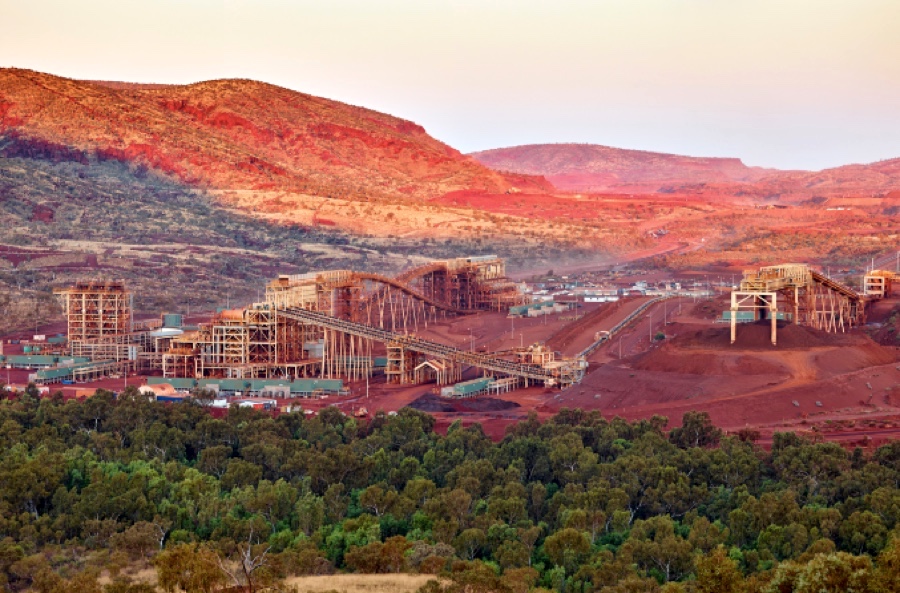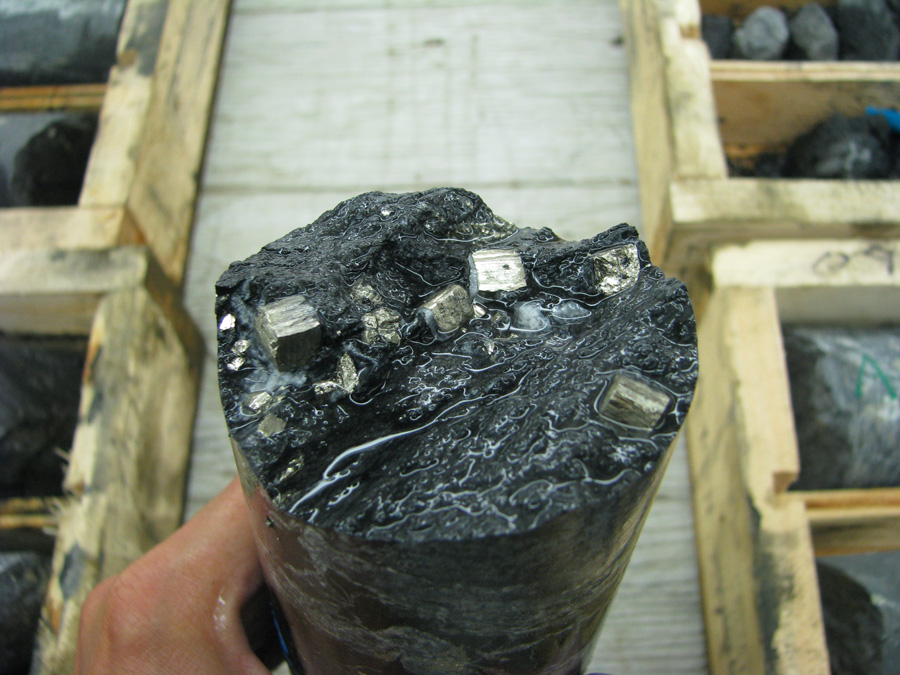Fortescue apologizes for clearing land on Aboriginal sacred site

Australian iron ore major Fortescue Metals Group (ASX: FMG) has apologized to a local Aboriginal group for clearing land on a heritage site without representatives of the community being present while the work was done.
The iron ore miner had the Western Australian government’s permission to clear land in the Weelamurra Creek area, on the condition that members of the Wintawari Guruma people were present to perform salvage and cultural rites, Reuters reported.
Fortescue chief executive Elizabeth Gaines attributed the incident to an “administrative error”, which led to land clearing works earlier than scheduled on February 1.
“We have carried out a full investigation into the matter which has shown that this unfortunately occurred as a result of an administrative error … We have paused all clearing works at this site as we work with Wintawari Guruma Aboriginal Corporation (WGAC) on the matter”, Gaines said in a statement.
The event comes amid increasing scrutiny on Australian iron ore miners to improve practices related to heritage and sacred sites, following Rio Tinto’s (ASX, LON, NYSE: RIO) criticized destruction of two rock shelters at Juukan Gorge for a mine expansion last year.
Life after Rio caves blast
Fortescue Metals was founded by Andrew Forrest, one of Australia’s richest persons and a self-declared advocate for indigenous rights. Following Rio’s major mishap, the company vowed to re-evaluate an expansion plan at one of its iron ore mines in the Pilbara region.
Its planned Queens mine expansion, part of the Solomon Hub, has a footprint covering more than 70 heritage sites, including rock shelters, campsites and other areas of cultural significance to the Wintawari Guruma Aboriginal Corporation (WGAC).
Fortescue’s planned Queens mine expansion, part of the Solomon Hub, has a footprint covering more than 70 heritage sites
Fortescue says it works closely with its Native Title Partners (NTPs) and governments to responsibly manage the Aboriginal cultural landscape and protect more than 5,900 Aboriginal heritage places across its operations.
Earlier this month, the miner promised to pay nearly A$2 million ($1.4 million) in outstanding 2019 royalties to WGAC. The group estimates at least 434 heritage sites on their land have already been destroyed through mining, while 285 more are close to mining operations and inaccessible to traditional owners.
Fortescue says WGAC is contractually obliged to approve the leases.
“It is only the failure to comply with this contractual obligation over a prolonged period that resulted in Fortescue taking the decision to temporarily withhold calendar year 2019 compensation payments,” it told a government inquiry last year.
However, WGAC director Joselyn Hicks told the same inquiry that WGAC had asked for more information on Fortescue’s mining plans before it approves the leases, since the areas contain numerous sacred sites.
Second incident this week
News of Fortescue’s mishap comes barely a day after BHP reported rockfall damage to a culturally significant site in Western Australia’s iron ore-rich Pilbara region.
The area is one of several Banjima sites located in and around BHP’s mining area C, by its $4.5 billion South Flank iron ore mining operation.
The company said the site was not part of current mining operations, adding that the cause of the rock fall is under investigation.
The incident happened less than eight months after BHP promised not to disturb any sites in the area without “further deep consultation” with the Banjima traditional owners.
More News
{{ commodity.name }}
{{ post.title }}
{{ post.date }}

Comments